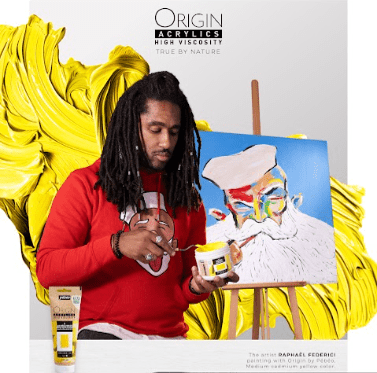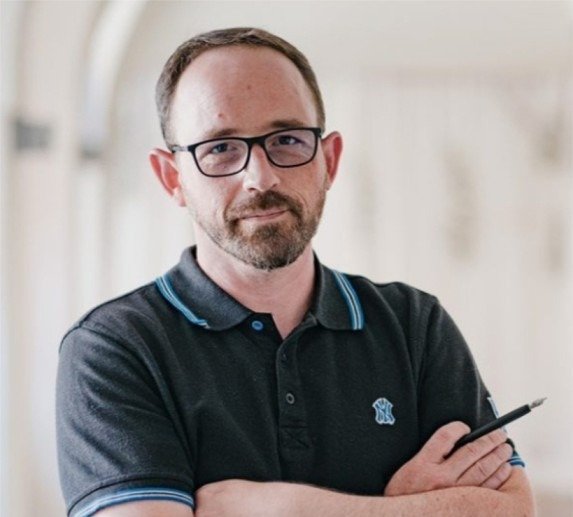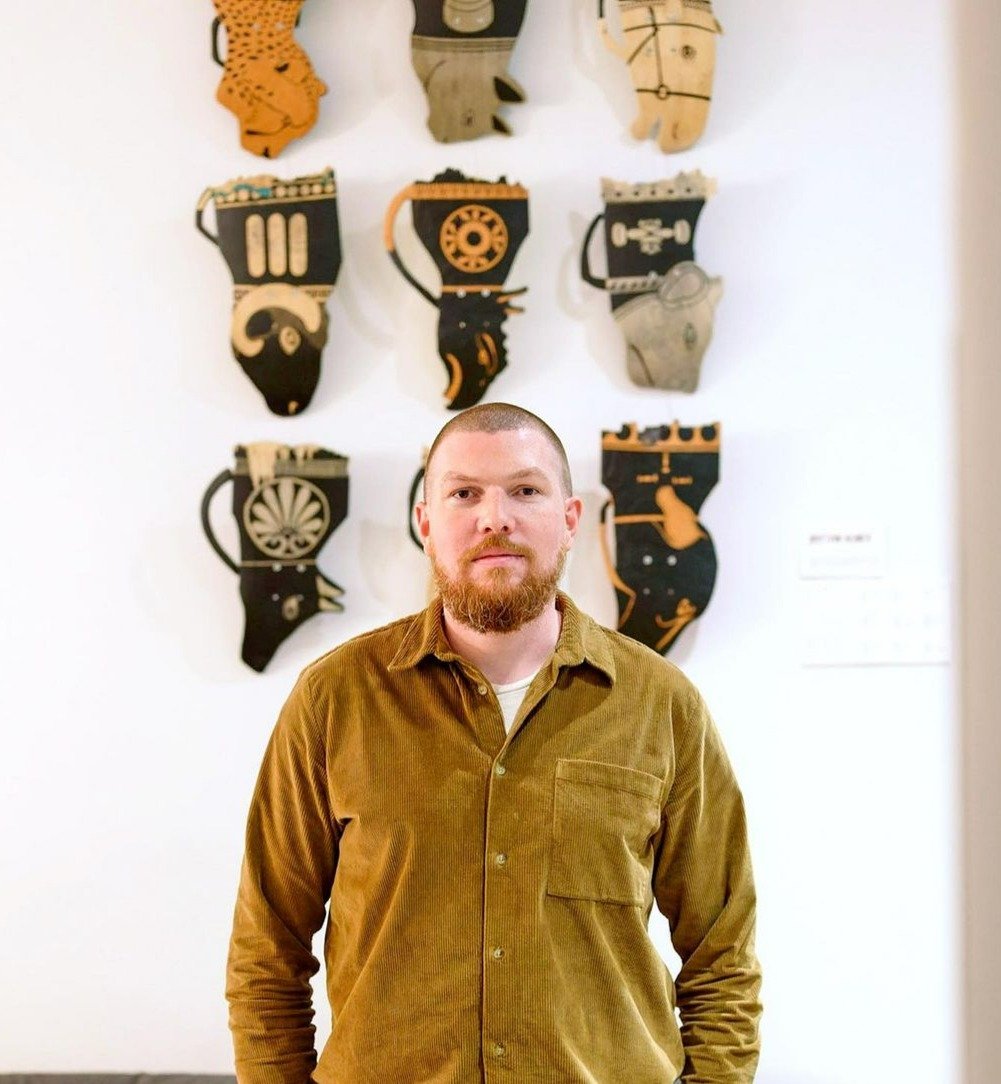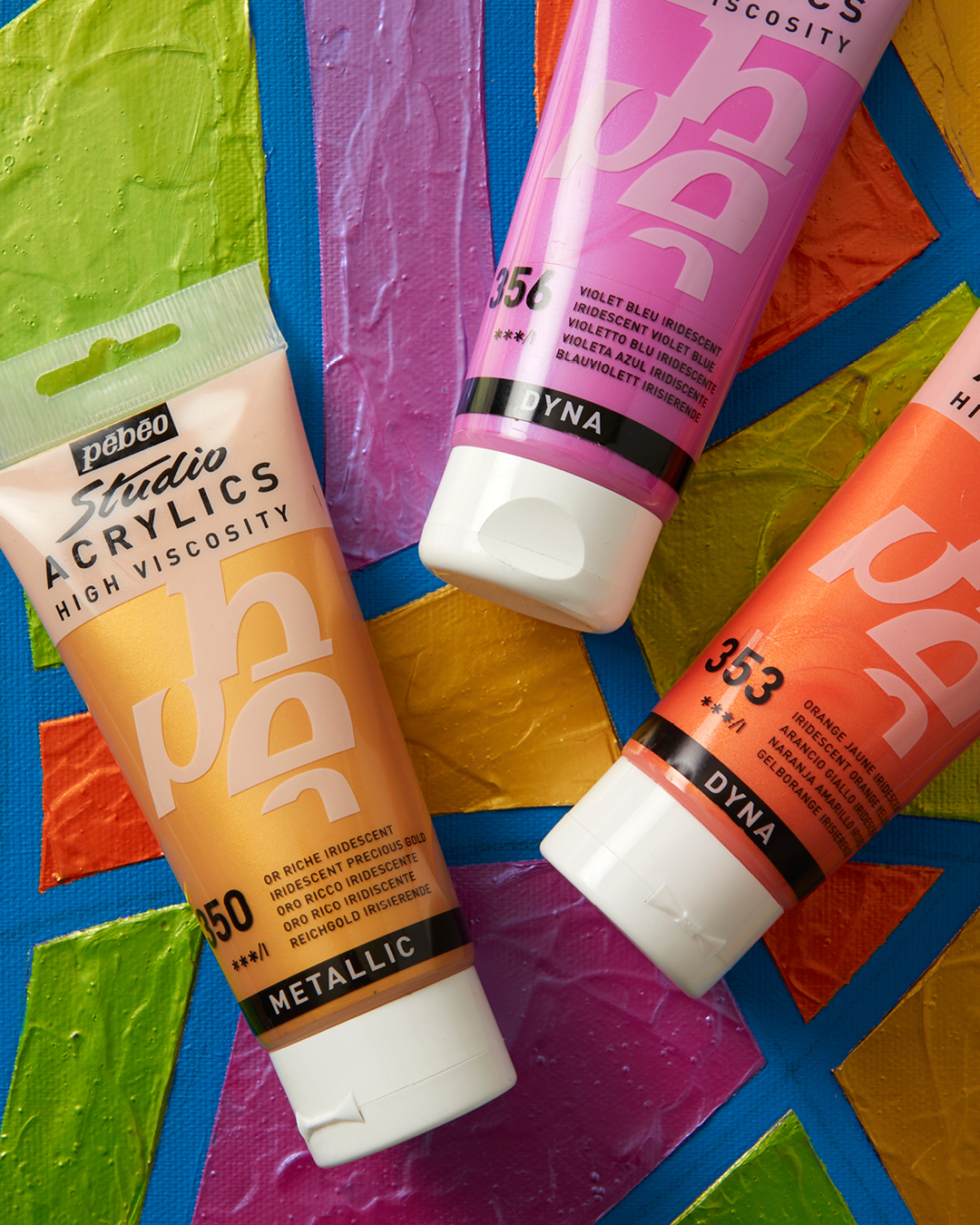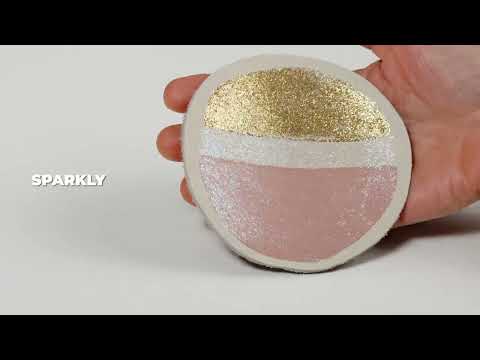GÉRARD TRAQUANDI, UNE RÉALITÉ RESSENTIE !
28/04/2021
Abstrait ou figuratif ? La question en matière de peinture artistique à force d’être posée peut paraître stérile. Tant les frontières de l’un et de l’autre sont mouvantes. Gérard TRAQUANDI n’évite pas la question, son œuvre témoigne qu’il s’y confronte.
POURQUOI FAIT ON DES PEINTURES DEPUIS LA NUIT DES TEMPS ? POURQUOI VEUT ON VOIR DES PEINTURES ?
Gérard TRAQUANDI :Nous avons besoin de réaliser ce que nous avons déjà perçu par nos sens. Comme si la nature, au sens large, ce qui nous entoure ne suffisait pas. Les tableaux qualifient la vie, et lorsqu’ils ont une certaine qualité à leur tour ils produisent ce sentiment de frustration qui nous anime. Je continue de faire ce que les peintres ont toujours fait à savoir transférer du perçu sur une toile avec des couleurs. Tout cela dans un contexte historique donné.
VOTRE ŒUVRE N'A DE CESSE D'EXPRIMER UNE RÉALITÉ SUGGÉRÉE. POURRIEZ-VOUS NOUS EN DIRE D'AVANTAGE SUR VOTRE RESSENTI DE LA RÉALITÉ ?
Gérard TRAQUANDI:Je ne crois pas que je suggère, je choisis des axes, je laisse à la photographie sa faculté de représenter, ou au cinéma sa capacité narrative. J’opère par soustraction. Quand Le peintre Helmut Federle dit « la qualité du tableau réside dans ce qui n’est pas » j’applaudis
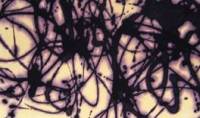
GRÂCE À UN JEU DE COULEURS QUI VOUS EST PROPRE, VOUS CRÉEZ DES FORMES PAR LESQUELLES CETTE RÉALITÉ PREND VIE.
Gérard TRAQUANDI : Le « You see what you see », de Franck Stella est un point extrême dans la tentative de toucher à une véritable abstraction. Tentative d’émanciper l’art de la nature. Je suis très impressionné par les tableaux à bande de cet artiste, mais pour ma part, j’ai toujours besoin de retourner au paysage, quand une série m’amène à un travail par trop mécanique, afin de prendre un nouvel élan. Ma peinture n’est pas abstraite... Disons qu’elle est non figurative
COMMENT VIVEZ-VOUS LA COULEUR, COMMENT LA MAITRISEZ-VOUS ?
Gérard TRAQUANDI :Plutôt que couleur je dirais "matière colorée", la nuance est importante. Je dirai "les couleurs" car c’est dans l’accord qu'elles prennent toute leur richesse. La pertinence du tableau tient en grande partie à la qualité de sa surface. Je suis de plus en plus attaché à cette dimension à mon travail. Avec le temps, j’ai compris que c’est en faisant l’éloge des matériaux que j’utilise, que je pourrais atteindre l’éloge de la nature que j’ambitionne

POURQUOI ÊTES VOUS AUSSI ATTACHÉ AU DESSIN ?
Gérard TRAQUANDI:Le dessin est la colonne vertébrale de mon travail. D’abord c’est la technique la plus économe que je connaisse, et l’économie des moyens est une vertu en art à mes yeux. Je ne connais pas meilleur moyen pour fréquenter intimement les sujets qui me motivent. Dessiner est une forme de méditation, il exige concentration, à faire des choix et, enfin, aide à l’oubli de soi.
VOUS QUI ÊTES ORIGINAIRE DE MARSEILLE, VILLE D'ENSOLEILLEMENT PAR EXCELLENCE, COMMENT APPORTEZ-VOUS LA LUMIÈRE DANS VOS TABLEAUX ?
Gérard TRAQUANDI: La lumière est une affaire de spiritualité et non de météorologie.
VOUS AIMEZ TRAVAILLER EN "GRAND FORMAT". POURQUOI CETTE NÉCESSITÉ DU GRAND FORMAT ?
Gérard TRAQUANDI:Le grand format a de nombreux avantages mais c’est essentiellement le désir de rejoindre l’architecture qui me motive. Degas disait « il n’y a que la fresque qui vaille » je partage ce point de vue. Le programme architectural d’Assise a été conçue conséquemment au programme iconographique. Cet unisson entre architecture et peinture que l’on peut voir dans la chapelle inférieure d’Assise avec les fresques de Cimabue, restent pour moi, un des plus haut moment de l’art occidental. On peut toujours rêver d’une société qui porte des projets aussi ambitieux. Selon moi, l'avenir de la peinture se jouera dans cet espace là. La question de savoir où vont les tableaux est tout aussi intérressante que de savoir de quoi ils sont faits. Le problème du contexte reste crucial. Gérard TRAQUANDI est né en 1952 à Marseille. Il vit et travaille à Marseille et Paris. Il travaille avec différents médias : peinture, photographie, dessin. Diplômé de l’Ecole des Beaux-Arts de Marseille et professeur invité à l’ensba à Paris en 2002-2003.Jusqu'en 1995, Il a enseigné à l'École supérieure des Beaux-Arts de Marseille, à l'École d'architecture de Marseille et à l'École d'art de Nîmes. Dans les dernières années, il a exposé au Musée Cantini à Marseille ; à l’Institut Français de Berlin, Berlin ; à l’Artothèque Pierre Tal-Coat, Hennebont ; au Musée des Beaux-Arts, Valenciennes et à la Maison Européenne de la Photographie, Paris... Son oeuvre est présente dans les collections du Musée Cantini, Marseille, Musée de Gap, Musée d’Art Moderne et d’Art Contemporain, Nice ; Musée de Toulon ; Musée de Morlaix ; Musée des beaux-Arts de Nantes ;FNAC Ville de Paris...
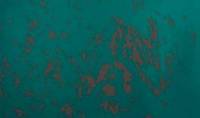
Produits Connexes
à lire aussi
@PEBEO Suivre Pébéo sur Instagram
Newsletter
Inscrivez-vous à notre Newsletter et restez informé de nos actualités. Pour en savoir plus sur la gestion de vos données personnelles et pour exercer vos droits, cliquez, ici
